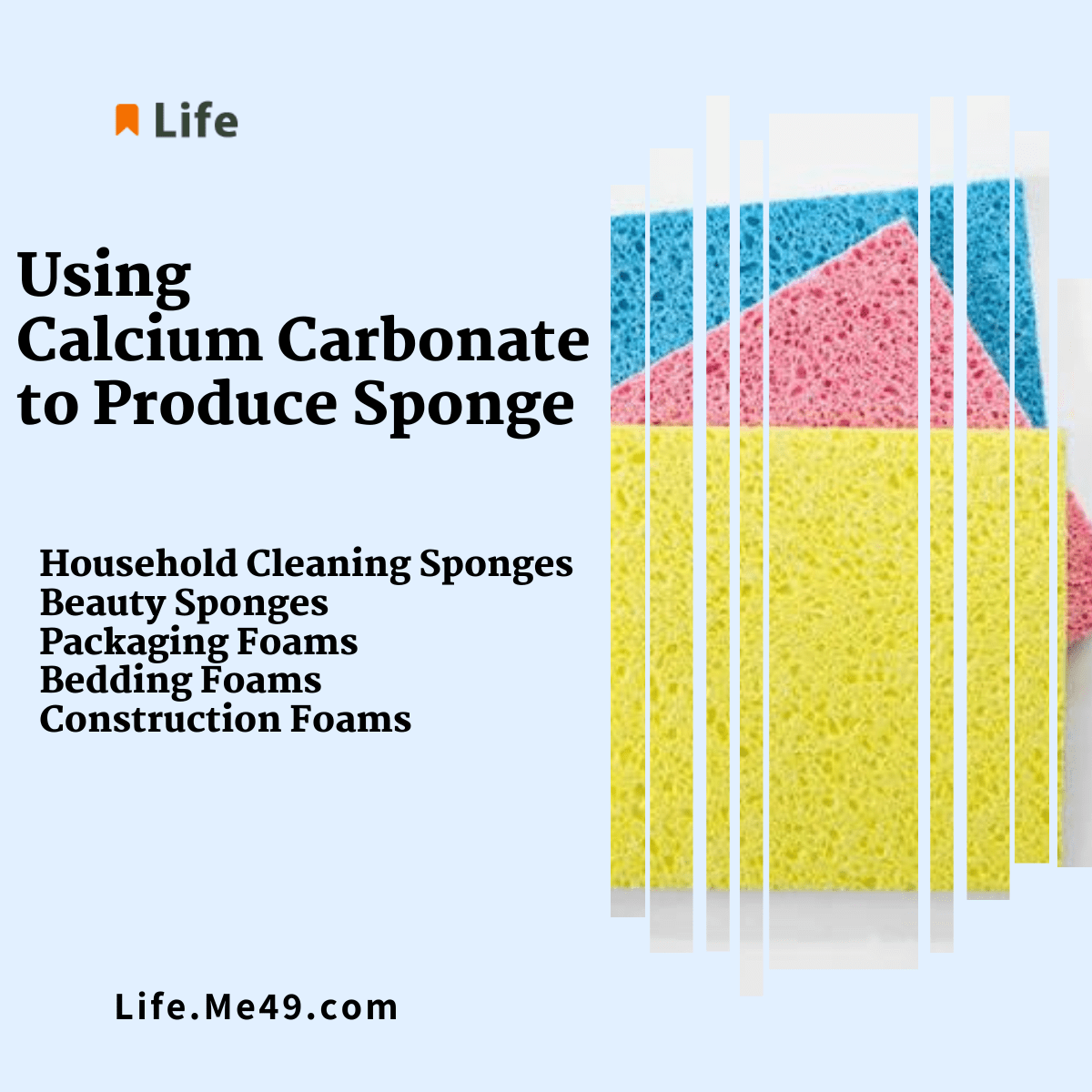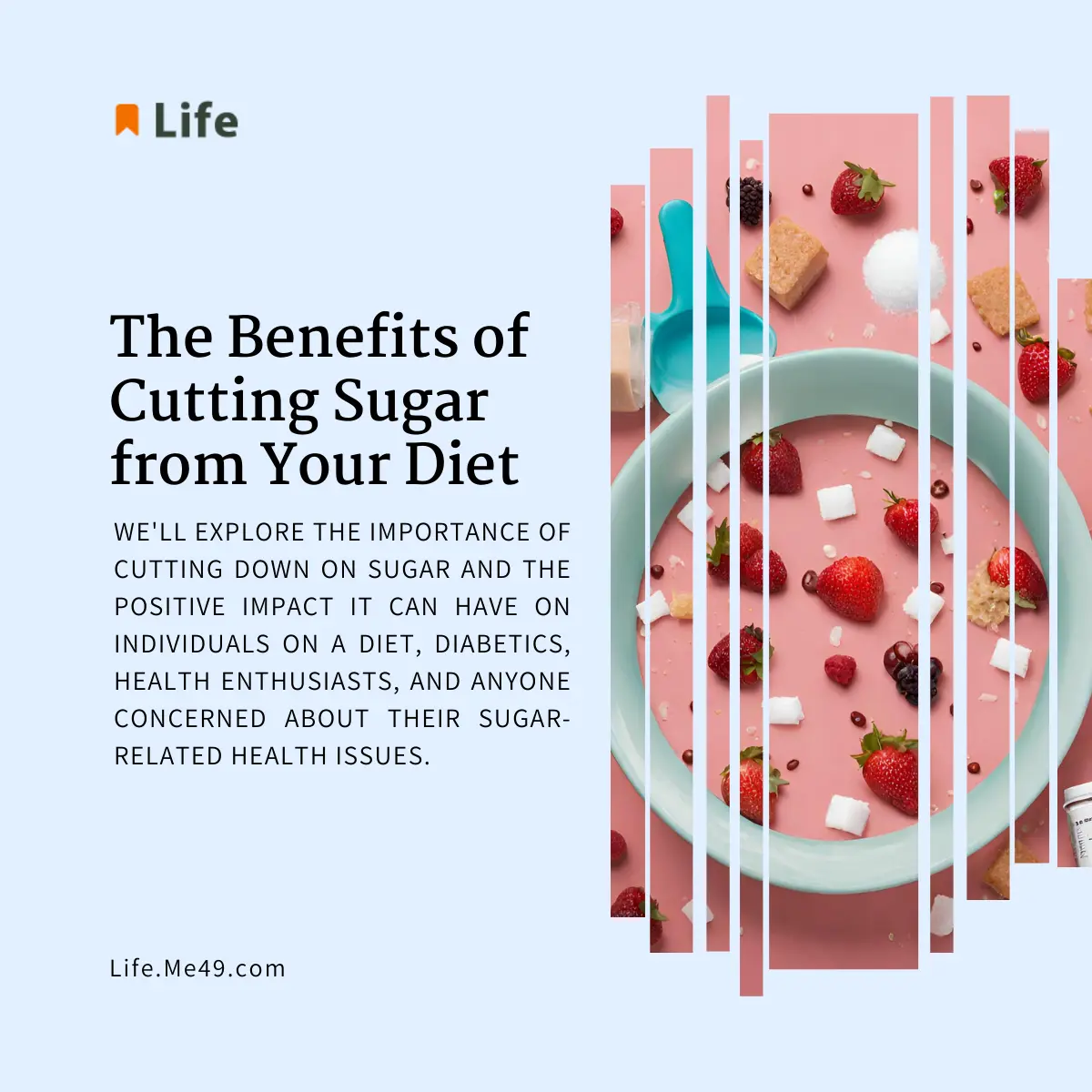Using Calcium Carbonate to Produce Sponge and Foam: A Comprehensive Guide
When it comes to creating versatile and durable sponges and foams, one often-overlooked but essential ingredient is calcium carbonate.
This naturally occurring mineral has found its way into a wide range of products, from household cleaning sponges to packaging foams.
In this comprehensive guide, we will explore the world of using calcium carbonate to produce sponge and foam, delving into its various applications, the production process, its advantages, and answering frequently asked questions.
Let’s embark on this journey into the fascinating realm of foam and sponge production.
Using Calcium Carbonate to Produce Sponge
In the realm of materials science and manufacturing, calcium carbonate has proven itself to be an indispensable component.
Its versatility allows for a multitude of applications, and in this section, we will uncover how it’s utilized to create sponges and foams.
Household Cleaning Sponges
Household cleaning sponges are everyday essentials in our quest for cleanliness.
These sponges, often soft yet durable, owe their effectiveness to calcium carbonate.
Its incorporation ensures that these sponges can efficiently remove dirt and grime from surfaces without causing any damage.
Calcium carbonate acts as a filler and reinforcement in the sponge’s structure, enhancing its scrubbing capabilities.
When mixed with polymers and other additives, it forms a base material that can be easily molded into the desired shape and texture.
Beauty Sponges
In the world of cosmetics, beauty sponges play a crucial role in achieving flawless makeup application.
These sponges, known for their softness and blending capabilities, often contain calcium carbonate as a hidden hero.
Calcium carbonate enhances the sponge’s softness while maintaining its structural integrity.
It ensures that makeup products are evenly distributed, giving you that perfect, airbrushed look.
The result is a sponge that’s gentle on your skin but tough on achieving a flawless finish.
Packaging Foams
Packaging foams are the unsung heroes of the shipping and logistics industry.
Whether it’s protecting fragile electronics or delicate glassware, these foams are designed to cradle your precious items and ensure they arrive in one piece.
Calcium carbonate plays a pivotal role in the production of packaging foams, particularly in expanded polystyrene (EPS) foam and polyethylene foam.
By incorporating calcium carbonate, these foams become lightweight yet incredibly sturdy.
They can absorb shocks and vibrations during transit, safeguarding your valuables.
Mattresses and Bedding Foams
A good night’s sleep is priceless, and the comfort of your mattress and bedding largely depends on the materials used.
Calcium carbonate is sometimes introduced into foam mattresses and pillows to elevate the sleeping experience.
The addition of calcium carbonate enhances the foam’s resilience and longevity.
It ensures that your mattress retains its shape and support over time, providing you with the comfort you deserve.
Construction and Insulation Foams
In the construction industry, thermal insulation and sealing materials are vital for energy efficiency and comfort.
Calcium carbonate finds its way into these materials, contributing to their exceptional properties.
Calcium carbonate is added to construction and insulation foams to enhance their thermal insulation capabilities.
These foams can help regulate temperature, reduce energy costs, and provide structural support.
Whether it’s insulating walls or roofs, calcium carbonate is a key ingredient in making buildings more energy-efficient.
The Production Process
Creating sponges and foams using calcium carbonate involves a well-defined process to ensure quality and performance. Let’s take a closer look at the stages involved:
- Raw Material Preparation
The journey begins with sourcing calcium carbonate from natural deposits.
It is then meticulously processed to refine and purify it, meeting the required quality standards. This preparation sets the foundation for the subsequent stages.
- Mixing and Blending
In this stage, calcium carbonate is combined with other essential raw materials like polymers and additives.
The careful mixture forms the basis of the foam or sponge, with the proportions finely tuned to achieve the desired properties.
- Extrusion or Molding
The blended material is extruded or molded into the desired shape.
For sponges, this might involve cutting and shaping the material into the characteristic sponge structure. For foams, it’s often formed into sheets or blocks.
- Foaming Process
The mixture undergoes a foaming process, which varies depending on the specific foam type.
For packaging foams, this process involves expanding the material with gases or chemical agents, creating the characteristic cushioning effect.
- Curing and Cooling
After foaming, the material is allowed to cure and cool. This step is crucial in setting the final structure and properties of the foam or sponge.
- Finishing and Cutting
To meet product specifications, additional processing steps like trimming, cutting, and shaping may be necessary. This ensures the final product is consistent and meets quality standards.
- Quality Control
Throughout the entire production process, rigorous quality control measures are implemented.
These measures ensure that the final product meets the required standards for density, texture, and other essential properties.
Advantages of Using Calcium Carbonate
The utilization of calcium carbonate in foam and sponge production comes with several noteworthy advantages:
Cost-Effective
Calcium carbonate is an economical choice compared to other fillers and additives.
Its affordability makes it an attractive option for manufacturers looking to optimize costs without compromising quality.
Enhanced Properties
The addition of calcium carbonate improves the structural integrity and durability of foams and sponges.
It extends their lifespan and enhances their performance, ensuring they stand the test of time.
Eco-Friendly
Calcium carbonate is a naturally occurring mineral, which aligns with sustainability goals.
Its use in place of synthetic alternatives can reduce the environmental footprint of products, making it an eco-conscious choice.
Customizability
Manufacturers have the flexibility to adjust the quantity of calcium carbonate to fine-tune the properties of foams and sponges.
Whether it’s hardness, density, or abrasion resistance, customization is key.
Chemical Inertness
Calcium carbonate’s chemical inertness ensures that it is less likely to react with other substances.
This property is valuable for applications involving contact with various chemicals or liquids.
Thermal Insulation
In construction and insulation applications, the incorporation of calcium carbonate can enhance the thermal insulation properties of foams.
This contributes to better energy efficiency and comfort in buildings.
FAQs
Is calcium carbonate safe to use in products that come in contact with skin or food?
Yes, calcium carbonate is considered safe for use in products like beauty sponges and packaging foams. It is non-toxic and non-reactive.
Can calcium carbonate be recycled from old sponges and foams?
Yes, calcium carbonate can often be reclaimed from discarded sponges and foams through recycling processes.
Are there any environmentally friendly alternatives to calcium carbonate?
Some eco-friendly alternatives to calcium carbonate exist, such as bio-based foams and recycled materials. However, calcium carbonate remains a popular choice due to its effectiveness and affordability.
What is the lifespan of sponges and foams produced with calcium carbonate?
The lifespan varies depending on usage, but sponges and foams with calcium carbonate tend to be durable and long-lasting.
Are there any disposal considerations for products containing calcium carbonate?
Products with calcium carbonate can often be disposed of in regular waste streams, but it’s essential to check local regulations for specific guidance.
Can I make my own sponges or foams using calcium carbonate?
While it’s possible to create DIY sponges or foams, the manufacturing process can be complex and typically requires specialized equipment and materials.
Conclusion
In the world of foam and sponge production, calcium carbonate stands as a versatile and cost-effective ingredient.
Its widespread applications, from household cleaning sponges to construction foams, showcase its adaptability and effectiveness.
By understanding the production process and the advantages it offers, we can appreciate the integral role of calcium carbonate in creating everyday products that make our lives cleaner, safer, and more comfortable.








